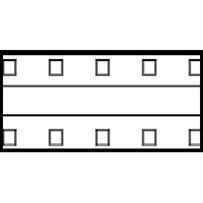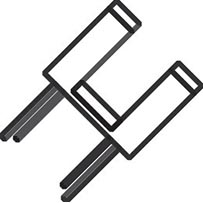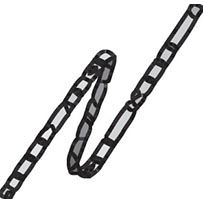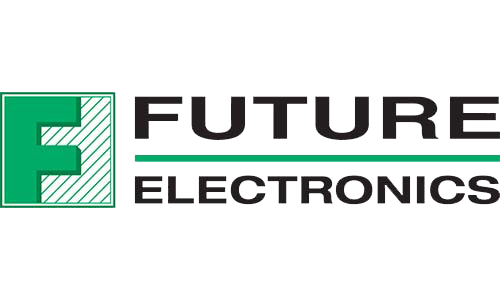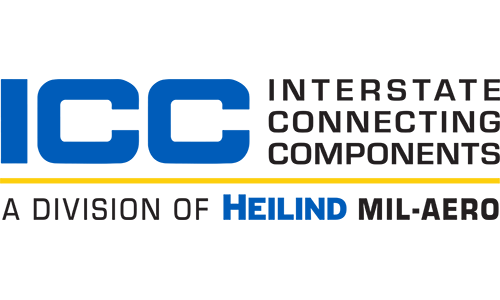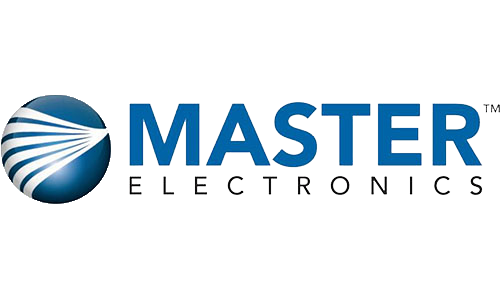As seen at the most recent CES conference, mini-LED technology is taking on a starring role in the latest release of innovative electronics products.
In the last few years, many high-profile companies have committed to adoption of the tech as a successor to OLED. Major manufacturers include Apple, which has introduced mini-LED displays in its iPad Pro and MacBook Pro models. Samsung, LG, and TCL have also incorporated the technology into their plans for new products, like smartphones, tablets, TVs, and smartwatches.
New Advantages
What advantages do mini-LED displays have over OLED?
First, mini LEDs are giving manufacturers more in terms of performance. While cost savings may not be apparent immediately, it is expected that the costs of producing mini-LED displays will come down as adoption grows, making end products more affordable.
Here are some advantages that new mini-LEDs have over older OLEDs:
- Brightness: Mini-LED displays can achieve higher brightness levels than OLED displays. Since mini-LED displays use a backlight, the display can emit more intense output than the organic materials used in OLED displays.
- Contrast: Mini-LED displays also offer higher contrast ratios than OLED displays. Mini-LED displays use more individual LEDs to create the image. The LEDs can be turned on or off independently to create deeper blacks and brighter whites.
- Durability: Mini-LED displays last longer than OLED displays. OLED displays can suffer from image retention and burn-in, which cause permanent damage to the display. Mini-LED displays do not suffer from these issues.
- Size: Sheets of mini LEDs can be manufactured in a larger area than OLED. This is because mini LEDs are not limited by the organic materials used in OLED displays.
- Price: Mini-LED displays are generally less expensive than OLED displays, particularly for larger sizes.
Areas of Application
With mini-LEDs, light emitting diodes now achieve a size between 100 and 200 micrometers. The term micro LED refers to the future trend of even higher resolution versions, with each unit under 100 micrometers.
Tightly nested in a sheet, they can be used to create high-resolution, energy-efficient displays, often called QLED to distinguish them between OLED. The visual effects are brighter, crisper and more vivid in color.
Because mini-LED displays are ideal for larger-size displays such as TVs, there is plenty of potential consumer demand. At CES 2023, Samsung unveiled LED displays measuring 50″, 63″, 76″, 89″, 101″, 114″, and 140″.
Because QLED displays are able to push out the dimensions taller and wider than before, the term “TV” may soon be replaced by “video wall” in the more extreme cases.
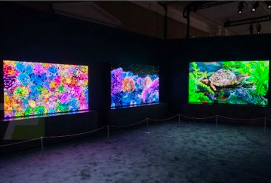
Source: Theverge
As less expensive screens become available, they could also proliferate in other sectors. Mini-LED technology is spawning a new generation of special-purpose displays in automotive, industrial, and medical markets.
Many of these newer applications could be found at the booths of 2023 CES:
- Automotive: Immersive and interactive dashboard and heads-up displays in the automotive space were the most prominent usage of mini-LEDs at CES.
Auto subsystem manufacturer AUO showed off multiple interior cockpit displays utilizing QLED.
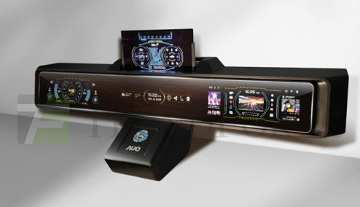
Source: AUO
- Wearables: Another breakout market for mini-LEDs could be in wearable technology, including smartwatches and augmented reality (AR) and virtual reality (VR), which continue to advance in capabilities.
AR/VR and wearable manufacturer Vuzix demonstrated the latest Ultralite product, which brings together Micro LED and waveguide technologies. A departure from the clunky AR glasses of the past, the Vuzix glasses resemble fashionable, normal sized eyeglasses that weigh only 38 grams.
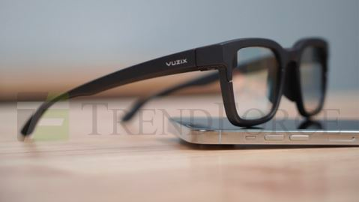
Source: AUO
- Large scale signage: Because the new lighting offers bright, high-contrast visuals that can be easily seen from a distance, it makes it a more effective choice for signage and advertising.
A High-Growth Technology
According to Arizton market research, the mini-LED market is at $6 million of revenue, set to grow 147%
over a five-year period out to 2024. It is undeniable that mini LEDs are building momentum in several industries as the technology becomes paired with other hot trends in electronics. With many players now in the game, one would expect the next five years to be even better for mini LED, micro LED and QLED projects.
For the last 25 years, American Bright has steadily grown in capabilities and expertise in all aspects of LED manufacturing, including programmable PCB controls, high-quality production techniques, and industry-certified testing. American Bright works closely with clients to engineer and manufacture a wide range of LED products from components to custom PCB assemblies.
Consult with one of our Sales Engineers on your ideas and see what American Bright can do for you.




